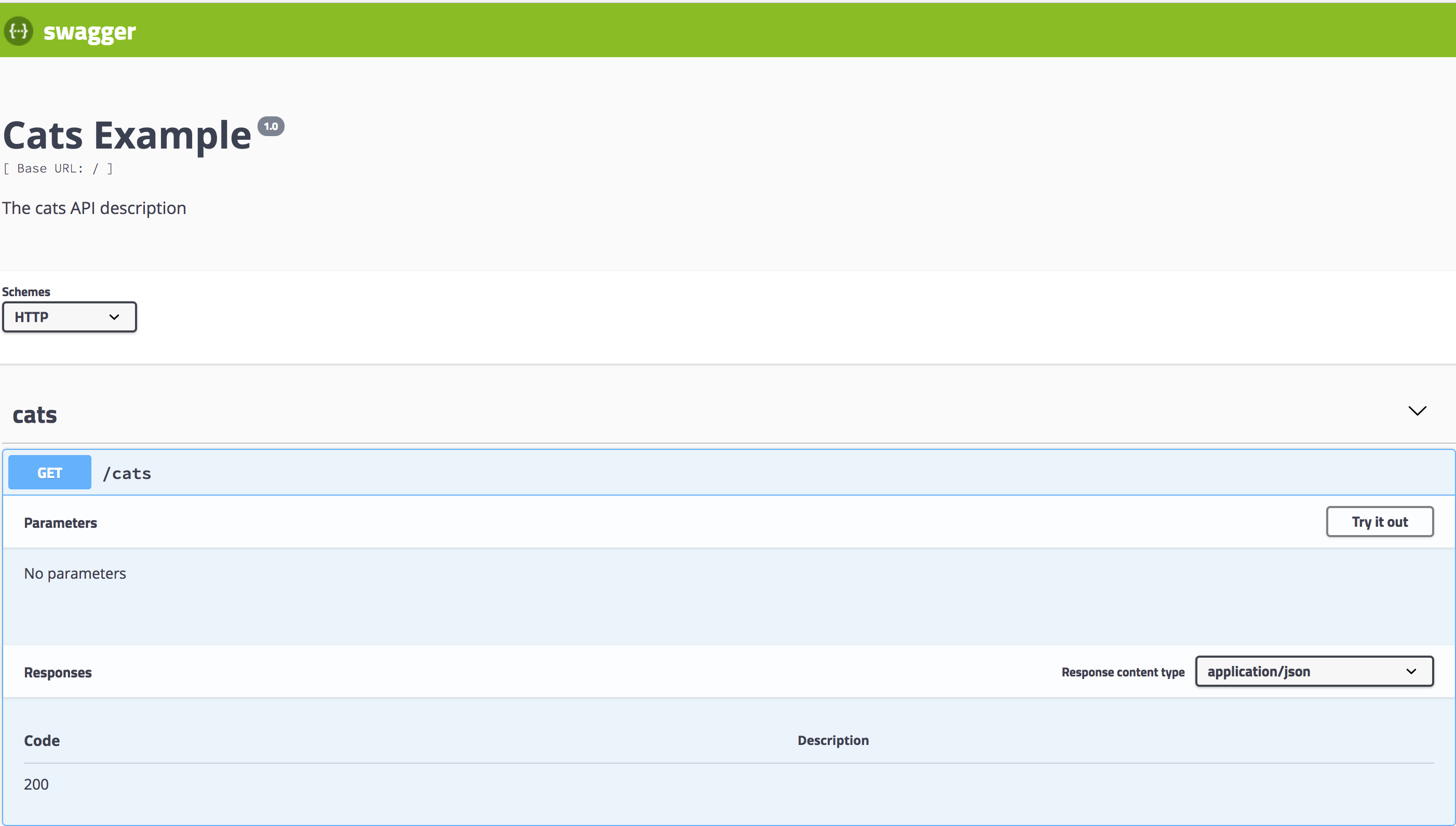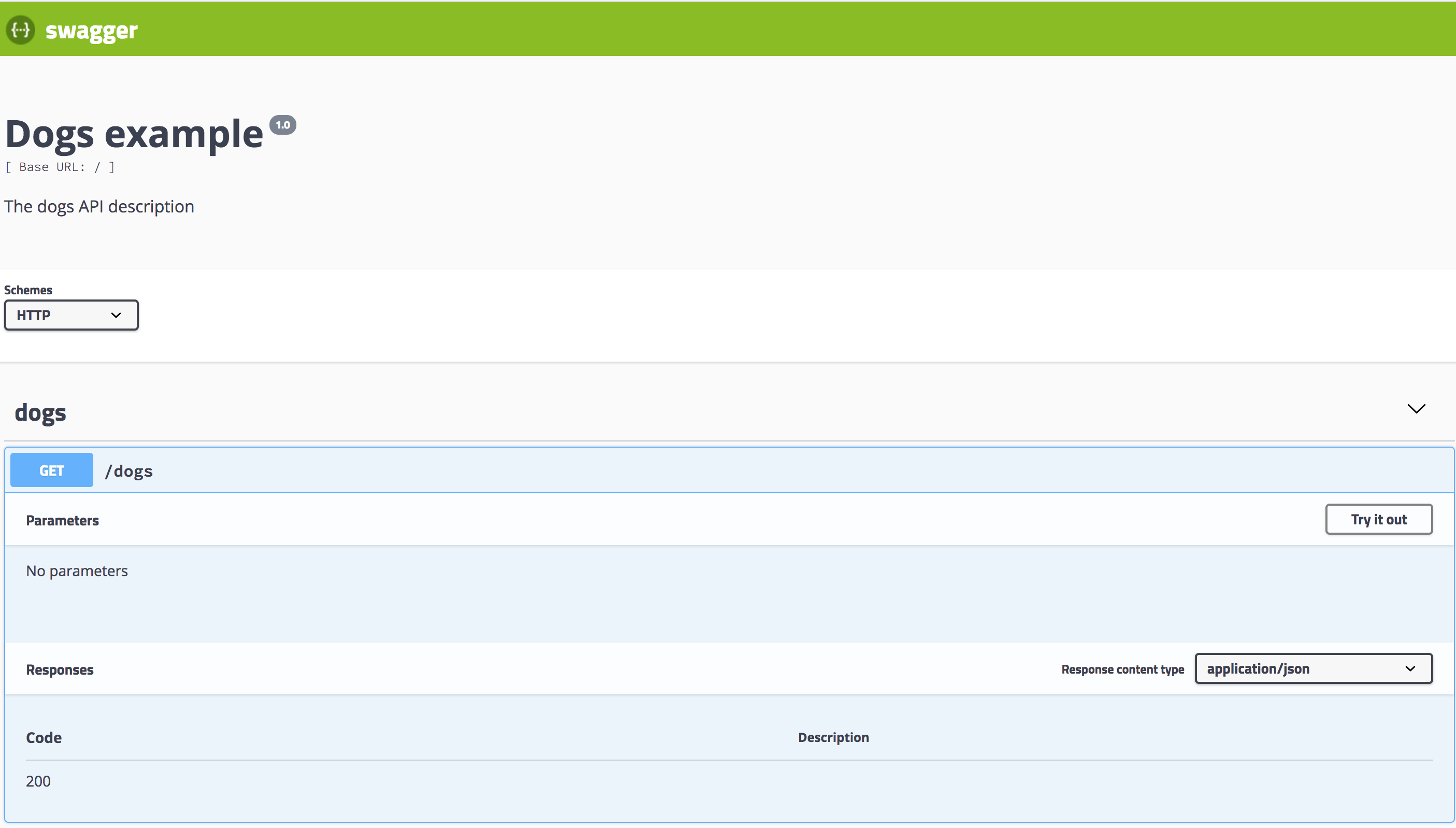Other features
This page lists all the other available features that you may find useful.
Global prefix
To ignore a global prefix for routes set through setGlobalPrefix(), use ignoreGlobalPrefix:
const document = SwaggerModule.createDocument(app, options, {
ignoreGlobalPrefix: true,
});
Global parameters
You can add parameter definitions to all routes using DocumentBuilder:
const options = new DocumentBuilder().addGlobalParameters({
name: 'tenantId',
in: 'header',
});
Multiple specifications
The SwaggerModule provides a way to support multiple specifications. In other words, you can serve different documentation, with different UIs, on different endpoints.
To support multiple specifications, your application must be written with a modular approach. The createDocument() method takes a 3rd argument, extraOptions, which is an object with a property named include. The include property takes a value which is an array of modules.
You can setup multiple specifications support as shown below:
import { NestFactory } from '@nestjs/core';
import { SwaggerModule, DocumentBuilder } from '@nestjs/swagger';
import { AppModule } from './app.module';
import { CatsModule } from './cats/cats.module';
import { DogsModule } from './dogs/dogs.module';
async function bootstrap() {
const app = await NestFactory.create(AppModule);
/**
* createDocument(application, configurationOptions, extraOptions);
*
* createDocument method takes an optional 3rd argument "extraOptions"
* which is an object with "include" property where you can pass an Array
* of Modules that you want to include in that Swagger Specification
* E.g: CatsModule and DogsModule will have two separate Swagger Specifications which
* will be exposed on two different SwaggerUI with two different endpoints.
*/
const options = new DocumentBuilder()
.setTitle('Cats example')
.setDescription('The cats API description')
.setVersion('1.0')
.addTag('cats')
.build();
const catDocument = SwaggerModule.createDocument(app, options, {
include: [CatsModule],
});
SwaggerModule.setup('api/cats', app, catDocument);
const secondOptions = new DocumentBuilder()
.setTitle('Dogs example')
.setDescription('The dogs API description')
.setVersion('1.0')
.addTag('dogs')
.build();
const dogDocument = SwaggerModule.createDocument(app, secondOptions, {
include: [DogsModule],
});
SwaggerModule.setup('api/dogs', app, dogDocument);
await app.listen(3000);
}
bootstrap();
Now you can start your server with the following command:
$ npm run start
Navigate to http://localhost:3000/api/cats to see the Swagger UI for cats:

In turn, http://localhost:3000/api/dogs will expose the Swagger UI for dogs:
